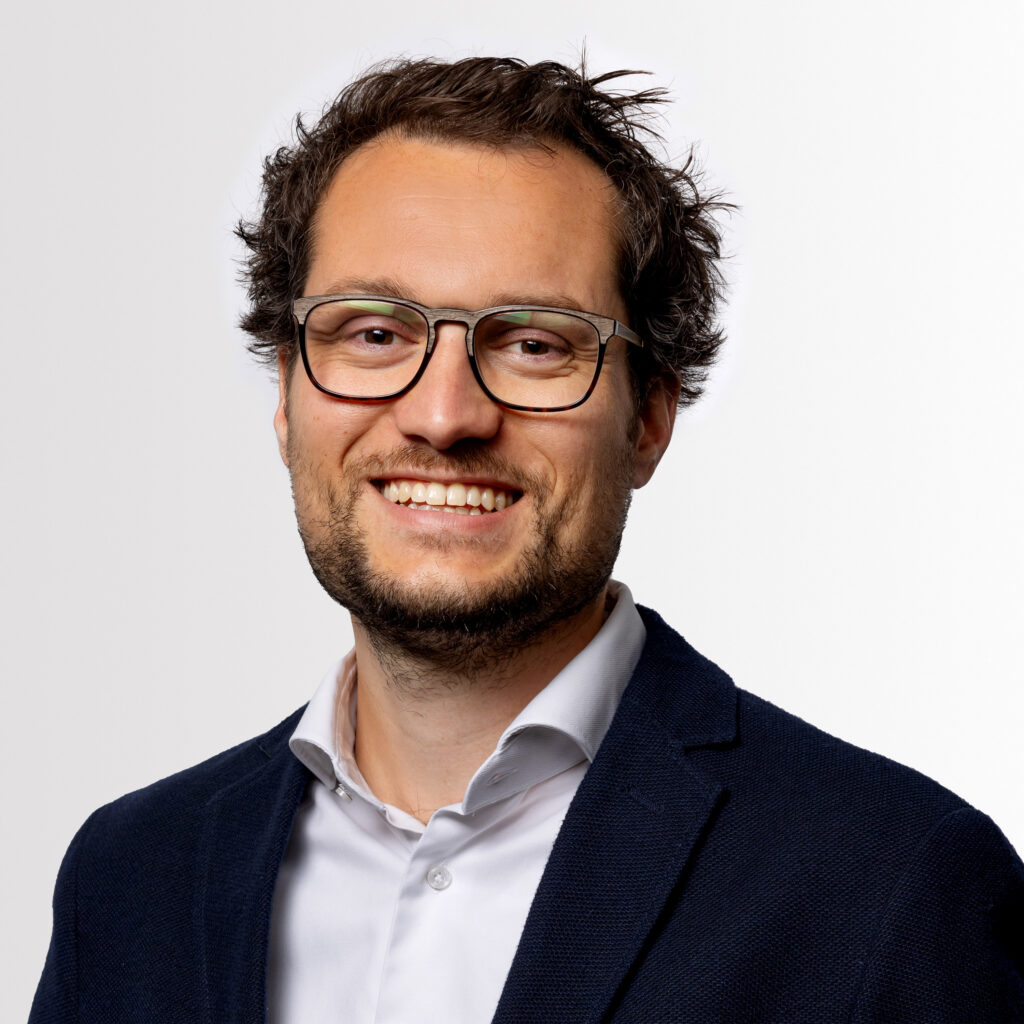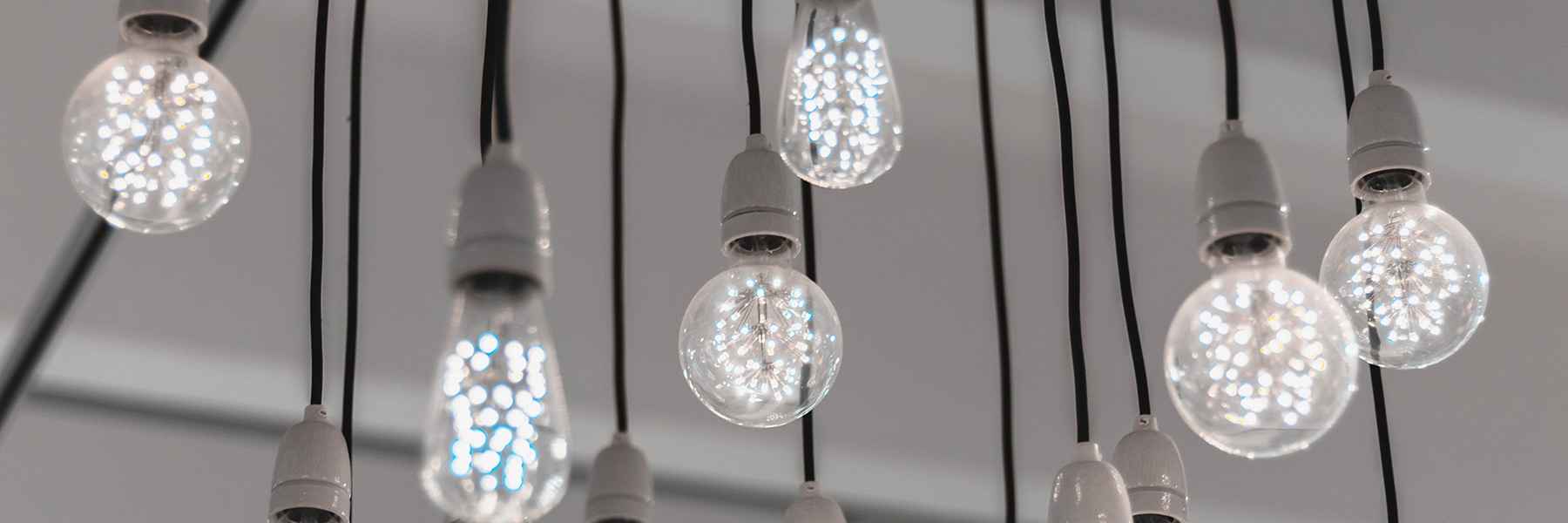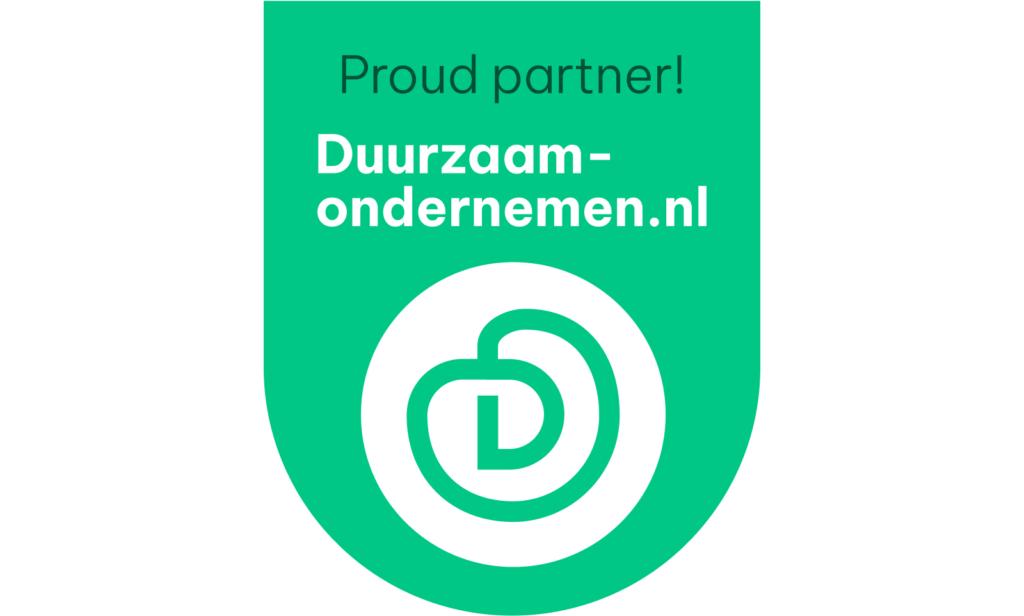Non-financial reporting is becoming a high-priority issue to an increasing number of companies worldwide. This is also the case in the Netherlands. How do Dutch companies determine and measure KPIs, and collect data? Which systems do they use to facilitate this? In a series of conversations, we are asking well-known Dutch companies about their experiences with sustainability reporting. This time, Wesley Schulte talks to Maurice Loosschilder, Head of Sustainability Strategy & Reporting at Signify. How does this lighting company deal with sustainability KPIs and collecting relevant data?

We see an increasing number of companies linking their sustainability objectives and their strategy. As a global leader in lighting, have you established such a link at Signify?
We have looked at what the world needs and what we as a company are good at. We focus on those topics where we have the most impact as a lighting company, as that is where Signify can make a difference.
Our strategy originated from these topics. Additionally, these topics can be found in our purpose and are important in everything we do as a company. This means we have no separate sustainability strategy. We have instead derived our sustainability programs from the overall company strategy, such as Carbon Neutral and Zero Waste to Landfill. All our other non-financial indicators also contribute to our strategy and to the value we add as a company.
At Signify, you are aiming for ambitious sustainability goals. Did you look at what you can measure before deciding which goals to measure?
A little bit of both. For example, if we indicate that we are going to reduce hunger by five percent, we cannot make it measurable. Even so, we still like to take on bold commitments. On the other hand, we believe that if we state a goal, we must be sure that we can report on its progress.
“Sustainability, for us, is anything that contributes to the continuity of your organization.”
Wesley Schulte

However, we do not need to know for sure that we will reach our goals. For example, we are aiming for 100% Zero Waste to Landfill. For every goal, I think it is better to aim for 100% and eventually reach 95% than to not commit at all and only reach 70%. So, we are not afraid to launch big goals, but at the same time reasonable assurance is very important to us. If we can’t measure progress, we are not going to set it as a goal.
What is the response to these ambitious goals internally, do you have to deal with resistance or enthusiasm?
Fortunately, we have a CEO who believes 100% intrinsically in the need for the world to do more in terms of sustainability. For example, he is one of the founders of the Three Percent Club, in which companies and governments work together to increase energy efficiency. This entails not only the transition to clean energy, but also actual energy efficiency closer to home.
In addition to this conviction, sustainability is a strategic direction that increases the value of Signify. The Supervisory Board certainly agrees, and shareholders are becoming more and more convinced. The fact that we committed to become carbon neutral has been well received. Moreover, it aligns with the core of our company; you cannot sell your customers LED lighting while at the same time increasing pollution yourself. We help our clients to take the step towards becoming carbon neutral and challenge other companies to do the same. We want to increase our impact as much as possible.
How do you ensure that everyone in the organization contributes to achieving the sustainability goals?
We actively engage our employees in our sustainability journey, through different campaigns throughout the year. Every quarter we have a new employee engagement theme, like sustainable commuting, zero waste and carbon neutrality. We have a global network of local sustainability champions to support all our global initiatives.
In addition, the incentives of our executives worldwide are partly determined by achieving our sustainability goals. The performance of these sustainability commitments determines twenty percent of the level of incentives for our executives. We currently have 6 commitments: carbon footprint, Health and Safety performance, waste to landfill, sustainable supply chain performance, sustainable revenues and the number of LED products we deliver.
Moreover, our mentality around sustainability has grown organically in recent years. As Philips Lighting, we were already working on this and we have continued to do so after the spin-out from Philips. For example, we have been measuring our use in terms of water, waste, electricity and gas for years. These processes are all fairly smooth. If we look more broadly at the sustainability aspects of everything we sell, our sustainable revenue pillar, we need to know what and how much we sell. This makes it an organization-wide program.
How do you collect the sustainability data to substantiate and assess these targets?
Worldwide, every factory has an EHS (Environmental, Health, Safety) person that collects the sustainability data. In addition to our factories, every location with more than 50 FTEs falls under our reporting scope. We have data collectors in these locations as well. They collect everything in Credit 360, the sustainability reporting solution we are using.
Following this, my team manually validates the data to assess its accuracy. The next step is to compare the invoice with the numbers in the system. This manual exercise is necessary to obtain reasonable assurance, but also to have the full audit trail of that indicator. We want the method to be correct and the sources to be good, so that we are sure that our reported data is correct and that the report is approved by our accountant.
An emerging trend is the collection of external data as input for the reports. At Signify, do you also use external data, for example from your suppliers?
Absolutely. For our carbon footprint, for example, we receive data from our suppliers about our business trips. But we have also asked the leasing companies, car rental companies and transport companies for logistical data to complete our carbon footprint data. This is not an easy process, but this is for us the best way to have access to external data.
What is the next major step in sustainability you would like to take?
We want to translate our impact into value. We have already successfully monetized the impact of many of our goals. The challenge is to translate the fact that we supply lighting solutions into value. What does lighting bring to the world, and how do you express this in monetary value? That is still uncharted territory.

